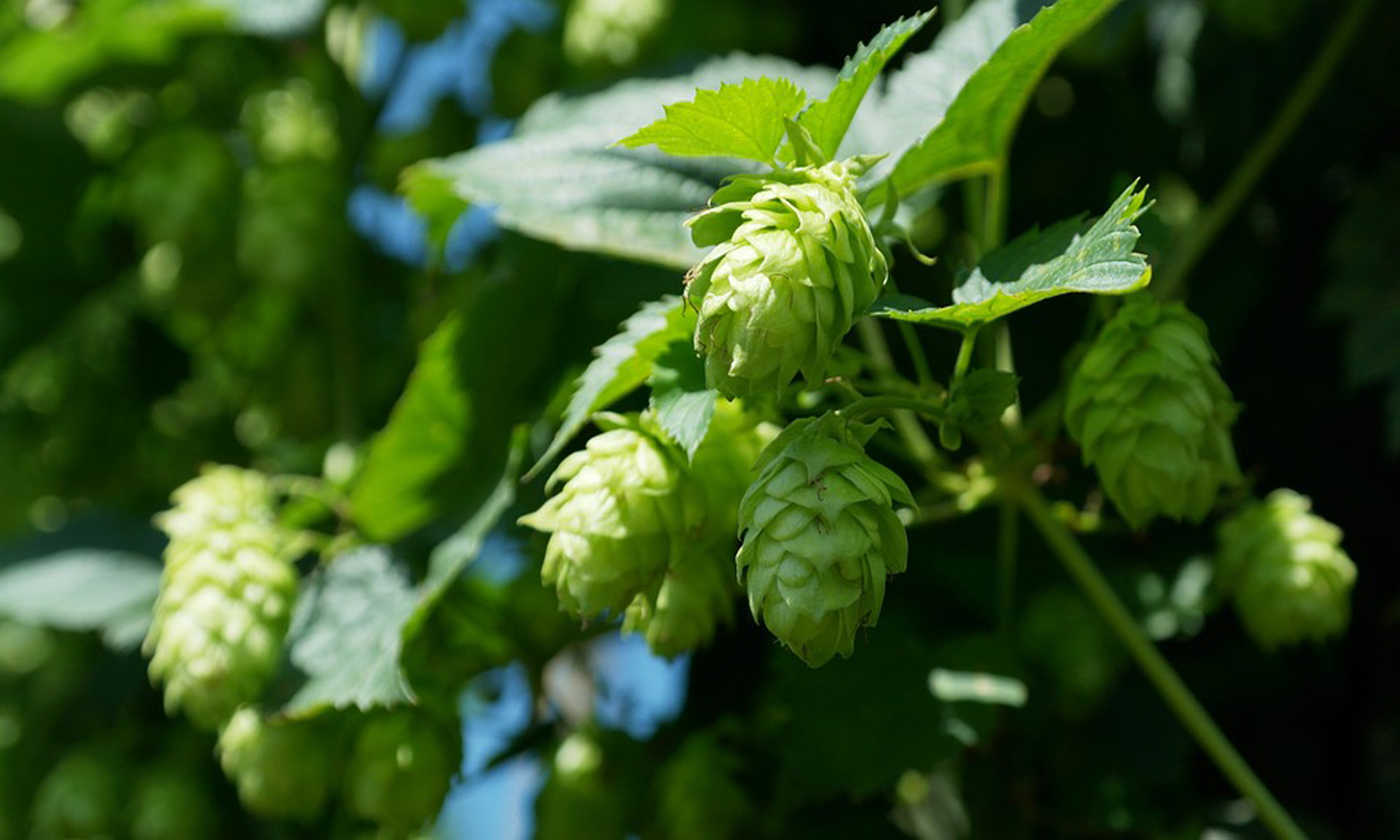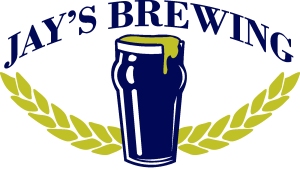There are many reasons why you might want to try this recipe, if you are a hop head though, you might as well as go back to browsing other post on this blog because you’re not going to like this one. Maybe that’s a bit harsh, I should say that this is child’s play for you.
This is really for those that aren’t big IPA fans and are either making an IPA for someone and you know you are going to be drinking some of it, or if you are just trying to get your feet wet in the IPA world, but you’ve had bad experiences so far. Well, don’t give up! This is a recipe that you should try if you fall into either of those categories or some where close to it. I do have some suggestions at the end of it as well as a break down as well.
I’m Going For Round 2 – IPA
Ingredients
1 lbs Munich Malt
.75 lbs Biscuit Malt (or Victory)
.5 lbs Carapils
6 lbs Pilsen Light Malt Extract (Dry)
.5 oz Columbus Hops (60 min 7.5 AAU)
.5 oz Magnum Hops (15 min 7.25 AAU)
1 oz Amarillo Hops (Dry hop 12 AAU)
2 oz Crystal Hops (Dry Hop 7 AAU)
WLP 001 or WYeast 1056
Specifications
OG: 1.064
FG: 1.013
SRM: 8
IBU: 45
ABV: 6.7
Directions:
- Heat 2.5 gallons of water up to 150 degrees
- Steep grains for 30min, then take out
- Add malt extract
- Bring wort to boil
- Add Columbus hops
- Boil for 45 min
- Add Magnum Hops
- Boil for 15 min
- End boil
- Cool down, put in fermenter, pitch yeast
- Ferment for 7 days
- Either rack to secondary or not depending on your equipment
- Add Amarillo hops and crystal hops
- Let sit for 14 days
- Then bottle with 5 oz or .75 cup of corn sugar
- Drink it 3 weeks
Analysis of the recipe
This recipe is aimed at people who don’t really like hoppy beers, want to make an IPA but don’t want something that is going to burn off their taste buds after one beer. So with that said, does this even count as an IPA? Yes it does, this beer actually makes the mark 100% for style comparison. What that means is, if you were going to send this into a beer competition, you would be brewing to style for the American IPA. The IBU’s are low, yes very low for an IPA, just about as low as I could get them actually. Even with that said though, you are brewing to style (IPA IBU’s 40-60).
The malt bill is really easy. I chose the Munich malt, and biscuit malt because this is going to give a nice balance. Both of these malts have this bready flavor to it. Very appealing to balance out the beer and won’t be overly sweet. We were staying to Rule #1 for this. The carapils is really just there for head retention. It doesn’t change the color, doesn’t add any flavor but will help your beer in appearance.
If you are wondering why Pils was added instead of Golden light, it’s because it gives the beer a bit lighter of a color. Maybe my taste buds are off but in the past I really haven’t tasted to big of a difference when specialty grains are added. Adding lighter malt extract does make the beer, “Pop” in the glass. If you are looking at a way to make sure it stays light check out one of our post on how to keep beers light. Keeping beers light is something I like to do for American style beers, just ascetically pleasing I guess.
When doing the hops, I chose it this way for a very specific reason. Magnum as well as Columbus are extremely clean hops. If you go with something like Chinook, it tends to linger a bit giving a grassy like flavor, and cascade taste like a grapefruit. But the hops we are using are going to come and go pretty quick. For this particular IPA we are going to dry hop it. Dry hopping will not impact the flavor, just give it a lot of aroma. Amarillo paired with crystal hops are becoming a favorite pairing of mine for dry hopping. Crystal hops have this very flowery smell to them, love it. Amarillo hops are known to have a little spice and a bit of melon in there. Now picture this, you get this big smell of floral hops, with some melon and a bit of citrusy aroma going, then take your sip and it’s clean… so legit.
White labs Cali yeast is the go to for IPA’s. It’s just one that people do so much for them it’s almost becoming the standard protocol. If you wanted fruitier flavors think about While Labs 051, or if you wanted to dry it out even more it’s not a stretch to think of WLP 007. It really is all up to you, play around with it. But if you are just dipping your toes in the water, try out WLP001 – it’s a safe bet every time.
Suggestions:
One thing that you might want to do is try adding some oak chips in with it when you are doing secondary fermentation. 1 oz is what I would recommend. Just add them in when you’re dry hopping. What this will do is add an oak flavor to your beer, I know I’m captain obvious. But the reason why this is nice is, it will help mellow out the hops. I know 45 IBU’s is not crazy hoppy, but it’s a lot for some – adding oak chips will help mellow out that flavor, and ultimately it will turn out pretty well.
Note: Adding oak chips to beer is a trick that I do if I mess up or don’t get results I like. I learned early on with making red pasta sauce from scratch that if it’s too acidic, add some grated carrots and it cleans it up every time. That’s how I use the oak chips. If it’s too hoppy for me, I just add in some oak chips. My mess up gets cleaned up and all of a sudden your friends have that, “Ohhhhhhhh”, reaction when you tell them, “Ya I just added some oak chips to make the beer a bit different, it’s an oak aged IPA”. Little did they know you couldn’t take the heat. So keep that card close to you.
Conclusion:
This is not a recipe for those that are hop heads. If you are a hop head, you probably are going to view this beer as a weird pale ale. But it is brewing an IPA to style. I know a lot of people don’t like brewing to style and normally I don’t make to big of an effort to either. But if you want to taste what an IPA taste like when brewed to style, this is a good one. Not for hop heads, but for people who want to get their feet a little wet into the IPA world. If you are making this beer for someone who can not get enough of the IPA’s, hopefully at least with the dry hopping they will appreciate a nice bouquet of hops. The bitter aspect of this beer will be clean, it will not taste like you’re eating a grapefruit or munching on alpha in a field. Also add oak chips if you are still a bit nervous about making an IPA. Just be careful, you are always 1 oz away from your beer tasting like mulch when it comes to oak chips, so a little goes a long ways.
Hope you enjoy and good luck!
Let me know if you have any great tips for people that are starting off with the IPA’s!
Related Post:
It’s Time To Move Away From Kits
How To Keep The Passion Of Homebrewing




























